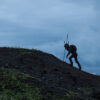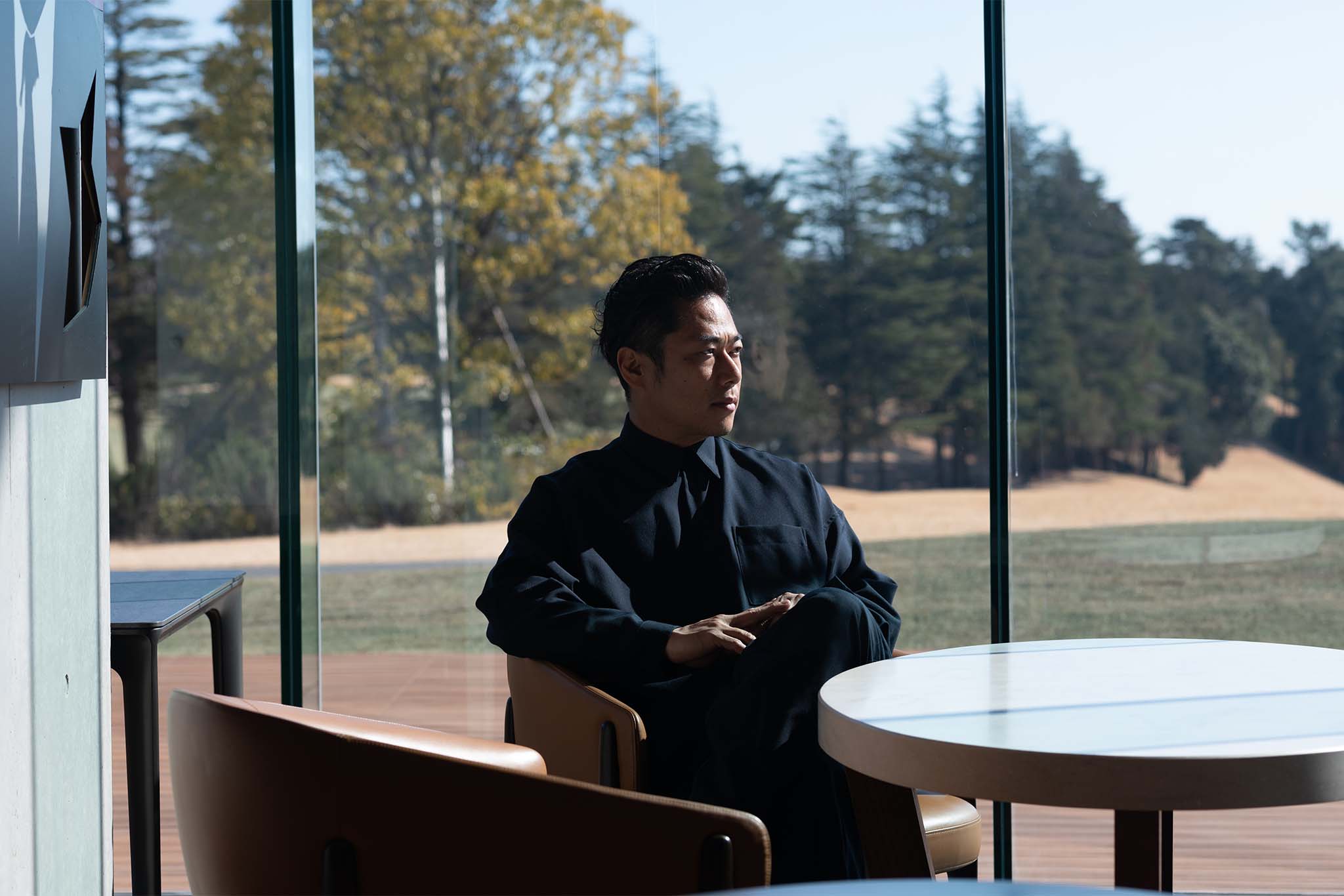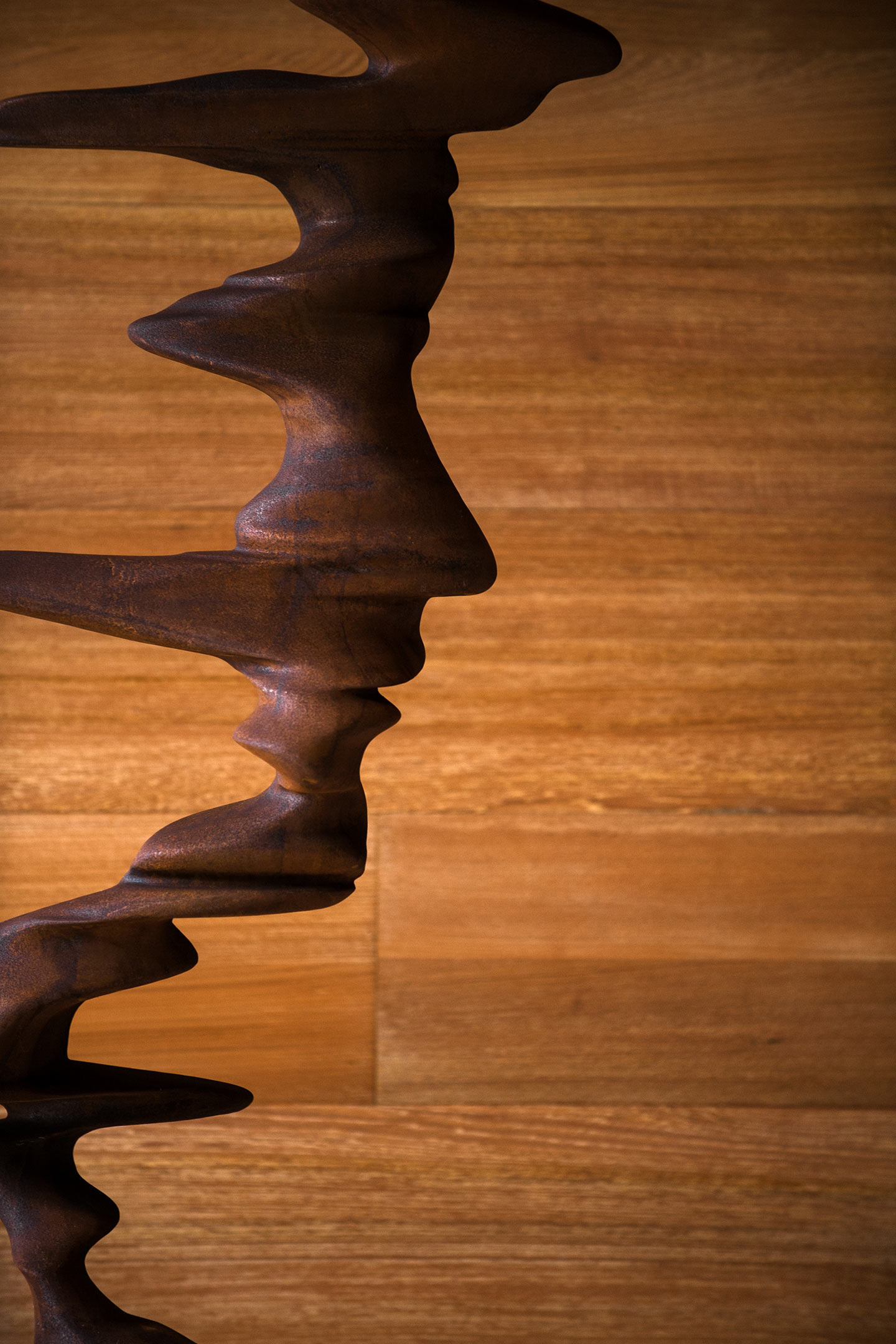Text by Eunica Escalante
Images by Lisa Knight and courtesy of The Saintnine Tokyo
There are certain luxuries that are out of reach even for the most lavish of purses. Consider, if you will, the Richard Mille watch. Since debuting the RM 001 Tourbillon in 2001, Richard Mille has become a coveted brand in the world of haute horlogerie, surpassing older, more established watchmakers that once defined the industry. Still, Richard Mille produces only about 5,300 pieces every year. Securing one is no small affair. And procuring the latest styles, for which the waitlists are infamously long, necessitates entry into a select circle of well-placed patrons. In the world of Richard Mille, there is no buying your way in. Rather, you must know someone. Or know someone who knows someone. Or become the person worthy of being known.
Taisuke Kawai understands the value of prestige. Raised in the milieu of Japan’s elite set, he’s well-versed in the nuances of exclusivity, of true refinement, of the things in this world that money cannot buy. It was with this in mind that Kawai unveiled The Saintnine Tokyo in 2023, a sleek, members-only golf club that has brought a new shine to the country’s golfing scene. In the quiet satoyama landscape of Chiba Prefecture, an hour’s drive over the bay east of Tokyo, Saintnine stands as the sport’s shining city upon a hill.

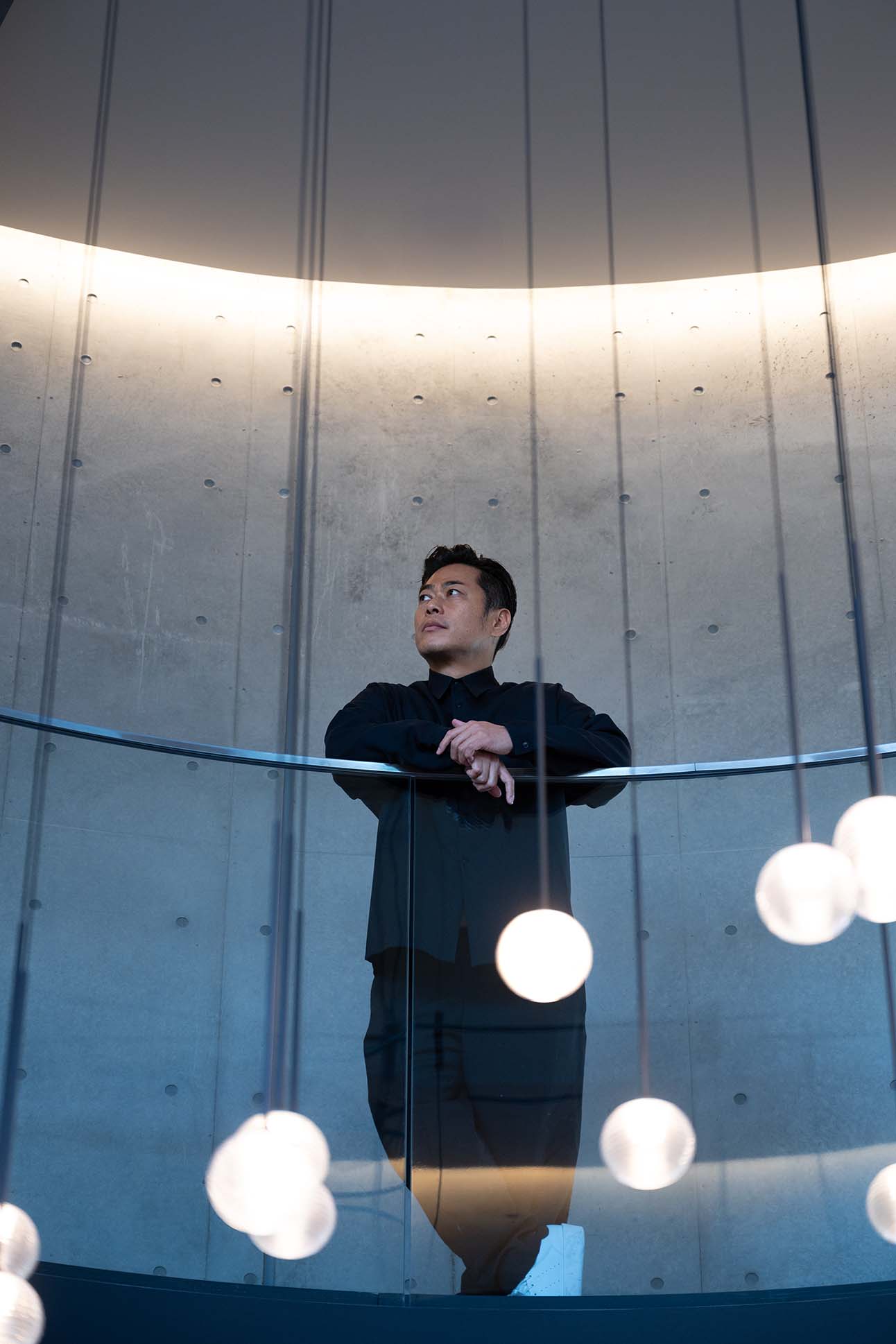

“I want to change everything,” Kawai said one July evening over Zoom. “I want to create a new luxury prestige style of golf club.” It’s an ambitious goal, given the state of the sport in Japan today. Gone are the days of settai golf, when the fairway doubled as the boardroom and deals were sealed with handshakes out on the green. The approximately 2,100 private golf courses that mushroomed across the country in the ’80s and early ’90s have struggled to maintain their membership as baby boomers, the sport’s largest demographic, age out. As a result, the country’s once-vibrant golf culture appears to have lost its luster. It is from this climate that Kawai has dedicated himself to rekindling the country’s love affair with hitting the links. And there seems to be no man better suited for the task.
Born into a family of entrepreneurs, Kawai inherited a keen business instinct. “[My father] would always ask me, ‘Hey Tai, what do you think this store sells in a day? Which product is the most selling product here?’” he recalls of the impromptu economics lessons he’d often receive on trips to the grocery store in childhood. And in a culture where many stay close to home for university, Kawai’s decision to study in the United States revealed a maverick spirit, perhaps the influence of his grandfather, among the first Japanese businessmen to forge post-World War II ties
with Americans.
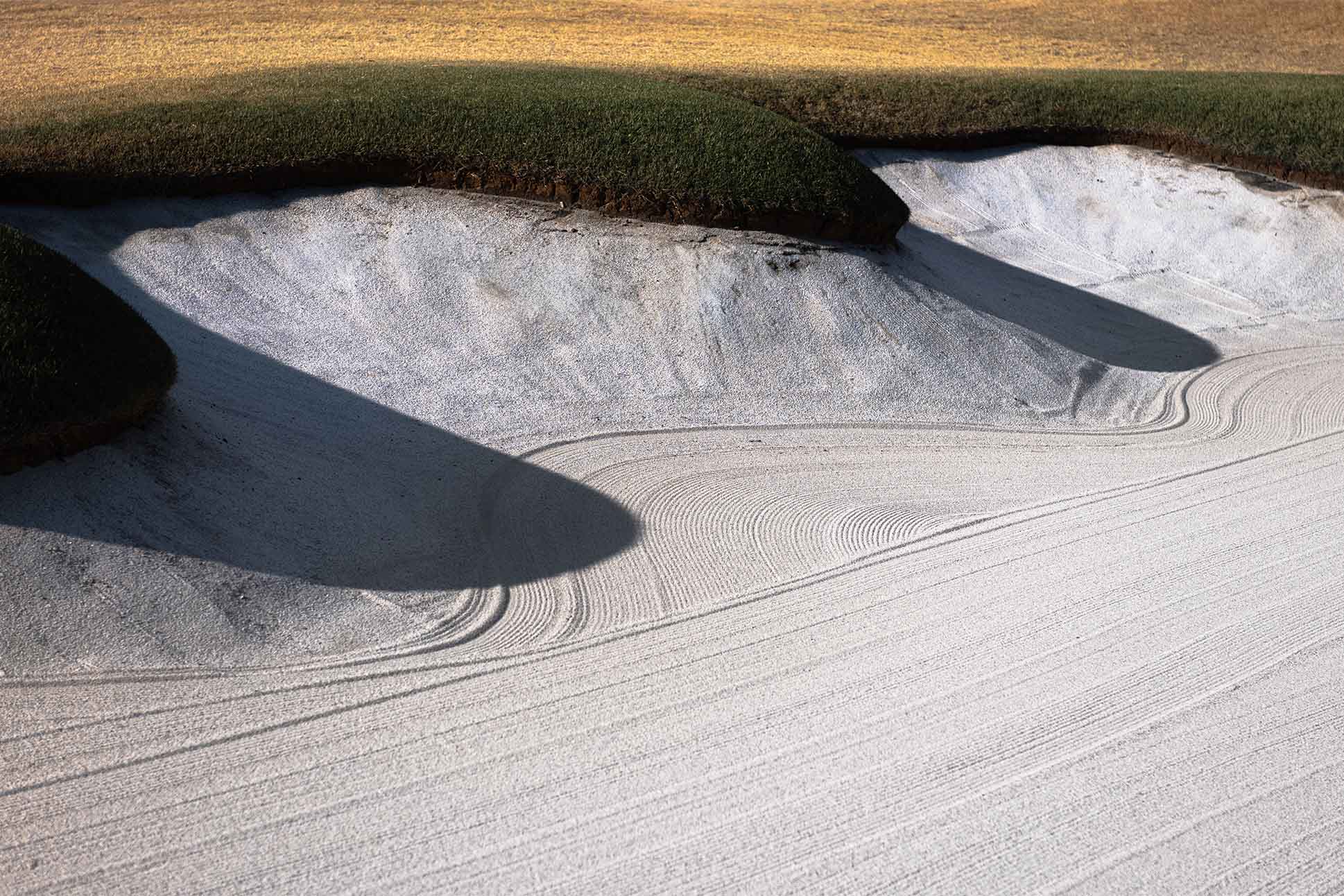

In 2007, just a year after graduating from Montana State University, Kawai founded his first company, Mobercial, a marketing agency. That same year, Apple launched the iPhone, the large LCD screen forever changing how we consume content. Foreseeing a market shift, Kawai structured Mobercial to specialize in digital video advertisements, an approach that was perfectly suited to the rise of the smartphone era. After selling the company in 2019 to a major Japanese advertising firm, Kawai went on to build a diverse portfolio of lifestyle businesses, including premium tequila, French luxury caviar, and Champagne.
One evening over drinks, a longtime friend casually raised the prospect of opening a golf club in Japan. The friend, a South Korean unfamiliar with the Japanese golf industry, began grilling Kawai for insights. “I was talking to him about all my ideas,” Kawai says. “At the end, he was like, ‘Tai, why don’t we do this together?’” At first, Kawai was taken aback. But quite quickly, he began to turn the proposition over in his head, appraising it like a gem in the light.
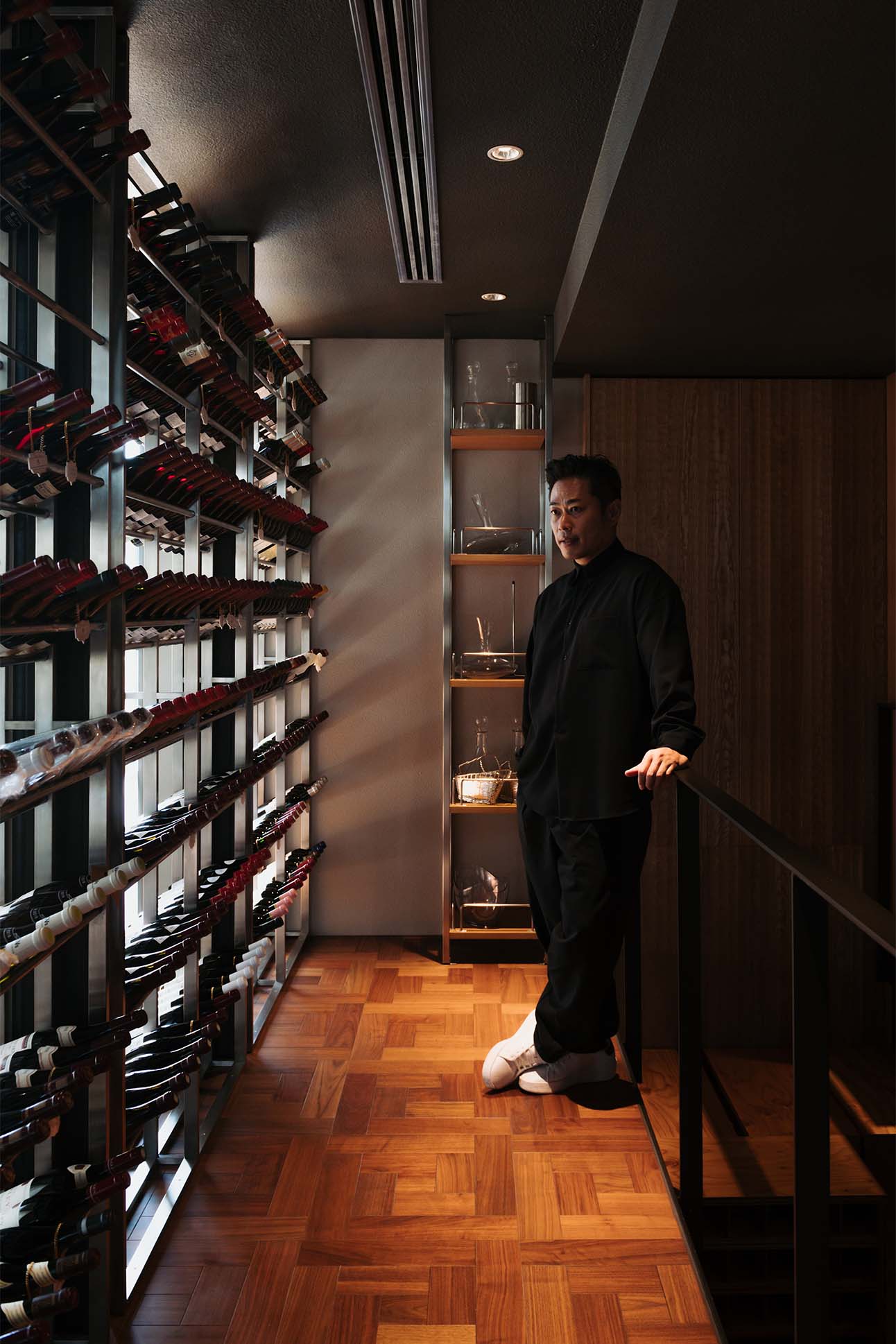

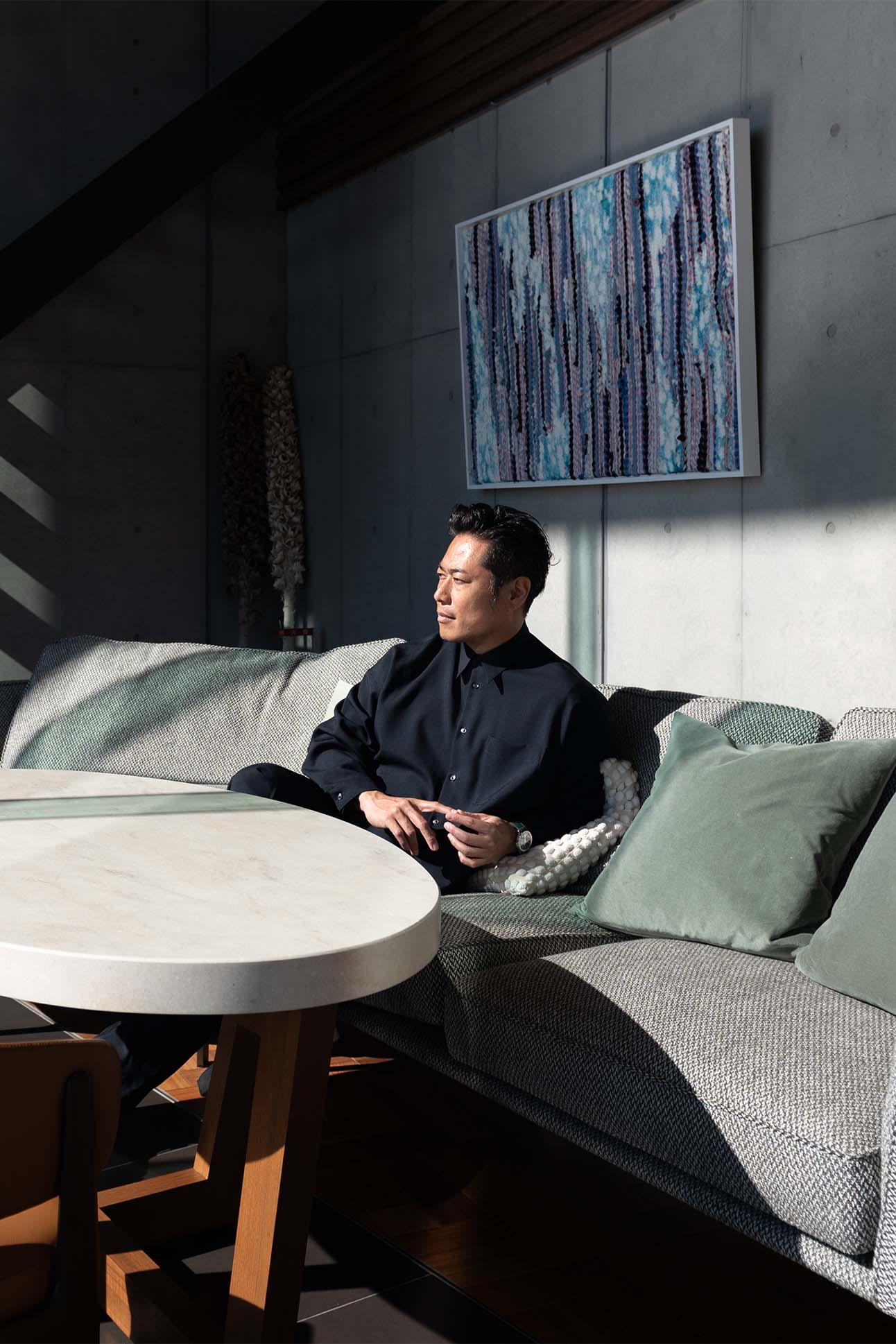
Before long, they acquired an aging golf course in Ichihara, Chiba. From the outset, Kawai imagined a club that was chic and modern, designed to subvert every expectation of a clubhouse. They replaced the dated, Tudor-revival lodge with a modernist three-story venue of raw concrete interiors and panoramic glass windows overlooking the rolling fairways below. In place of membership plaques and stuffy oil paintings, bold works by modern and contemporary artists (Andy Warhol, Damien Hirst, and Kaws, to name a few) fill the walls and stairwells. A sculpture from Kawai’s personal collection, Particle-White Deer (MB) by Osaka-born artist Kohei Nawa, glitters prettily in the lobby. At the restaurant, head chef Yukihiro Ikeda, an alumnus of La Côte d’Or and Joël Robuchon, elevates golf club dining with a refined menu of Japanese, Western, and Chinese cuisines. In lieu of locker rooms, guests unwind pre- and post-round in private suites. Finnish and steam saunas beckon, the perfect remedy after a day of chasing birdies. Other amenities abound: a penthouse suite for private gatherings; in-room dining; for parents, a children’s playpark. “Everybody tells me it’s like a luxury hotel with a golf course,” Kawai says. “It’s the only one in Japan. There’s no good golf club that has this level of service.”
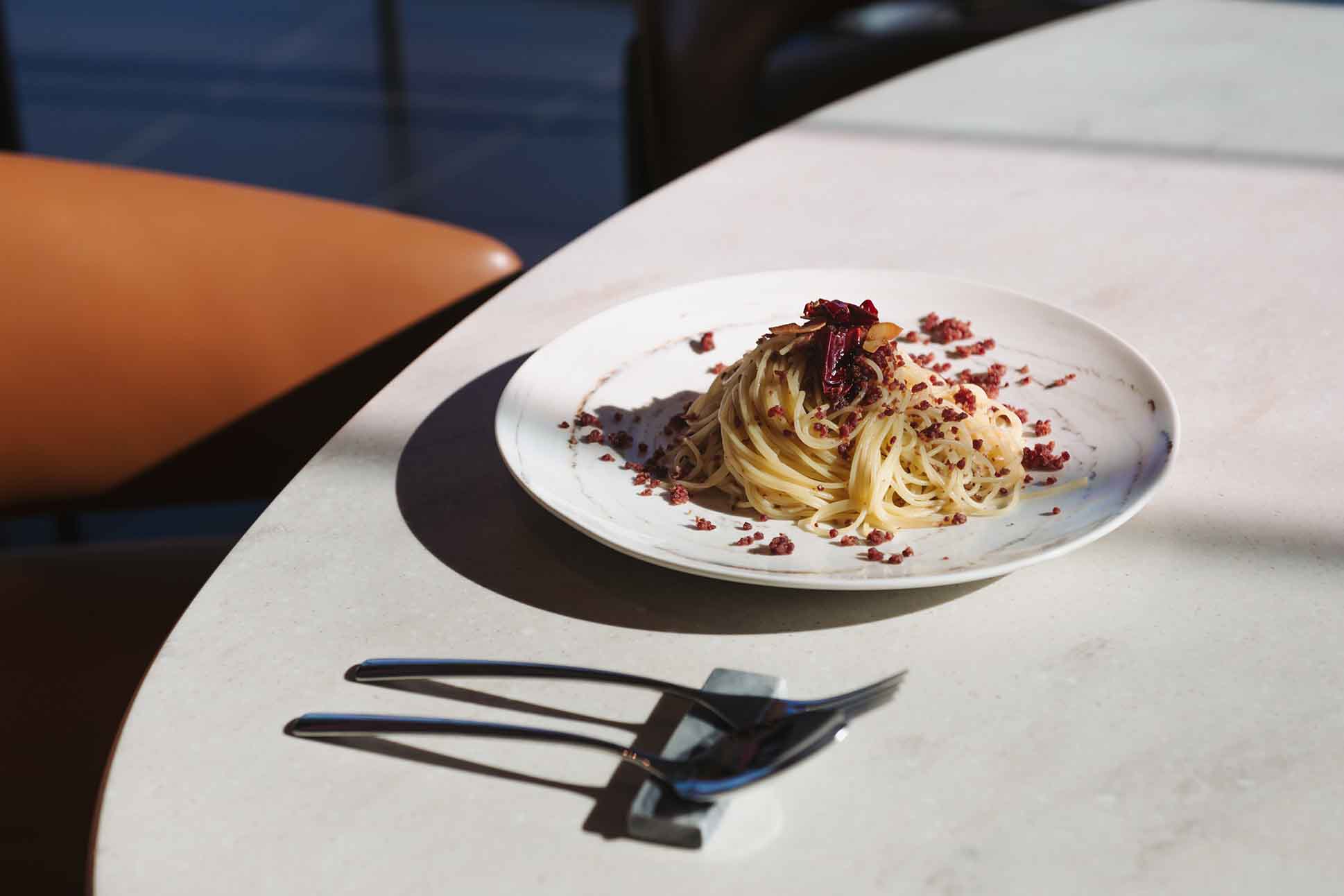
Then, there is the course itself: an 18-hole, par-72 expanse of undulating greens and picturesque tree lines with a dynamic sequence of water hazards and tricky bunkers. The vision is that of famed golf course architect Kentaro Sato, who believes that a course should be indistinguishable from the surrounding natural landscape. Here, the greens are not merely a means to an end. Their grand scale and beauty are designed to be just as captivating as the game itself.
With an average age of 47, Saintnine’s membership skews decades younger than that of Tokyo’s most prestigious golf clubs, whose members are, on average, in their 70s. “This is what everyone wants to achieve in the golf industry,” Kawai says. It is all thanks to Saintnine’s highly curated membership. While other clubs outsource recruitment to agencies, Kawai personally reviews every application. Each of Saintnine’s 400 members, ranging from 35 to 60 years of age, was handpicked by Kawai himself. “My goal was not to sell memberships,” he says. “My goal was to collect the coolest 400 people to my club.”

This approach has made Saintnine among the most sought-after memberships in Japan, attracting an elite clientele of movie stars, professional athletes, and high-powered executives. Partnerships with prestige brands have followed suit, a rarity at Japanese golf courses. As a result, Saintnine enjoys luxuries found at no other golf club. In the lounge await bottles of Suntory whiskey; in the lot are the latest models of luxury cars, including Ferrari and Land Rover. Seeking a Richard Mille? At Saintnine, the only golf club in Japan to be sponsored by the brand, staying in the Richard Mille suite grants you entry into their rarified world—and a coveted step closer to the top of the waitlist.
In every detail, Saintnine embodies Kawai’s singular vision: a space where refinement, exclusivity, and modern luxury converge. It is a testament to the idea that true distinction is never bought. From the sweeping fairways to the art-filled clubhouse, from handpicked members to partnerships with the world’s most esteemed brands, Saintnine is more than a golf club. It is a statement, a culture, a lifestyle. In a world of abundance, Kawai knows the rarest pleasures are not purchased, but earned. And it is this ethos that nurtures the countless creative partnerships that have blossomed on the course. For Kawai, the most fulfilling moments are not sinking a hole-in-one or securing a new member. It is when he witnesses the life-long bonds kindled amid Saintnine’s unique atmosphere. “That,” he says, “is the happiest moment for me.”


